Optimal Seasons for Pond Installation
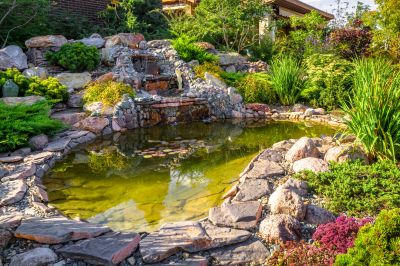
Spring offers moderate temperatures and rising water levels, ideal for establishing a pond before peak usage seasons.
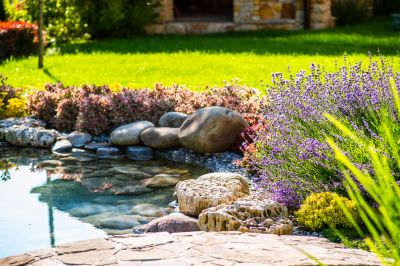
Summer requires careful planning due to higher temperatures, but can be suitable with proper water management.
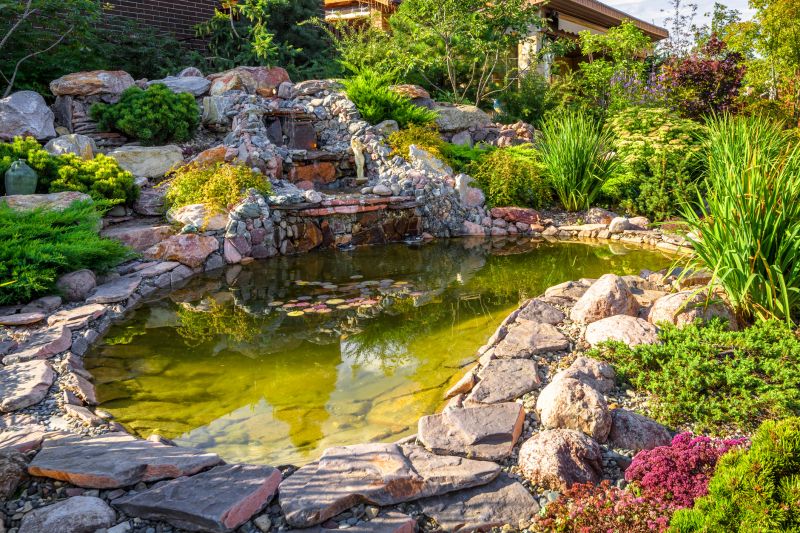
Fall provides cooler weather and stable conditions, making it a good time for installation before winter.
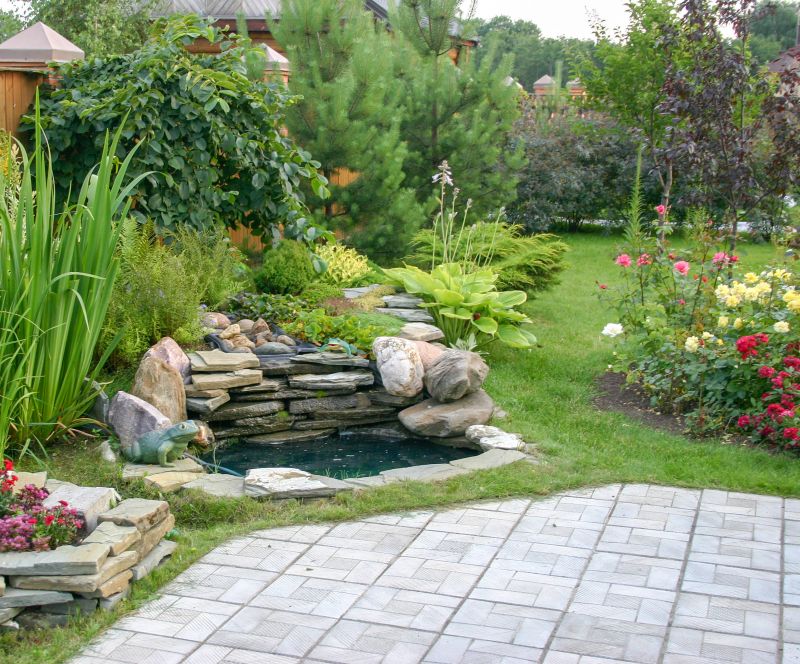
Ways to make Pond Installations work in tight or awkward layouts.
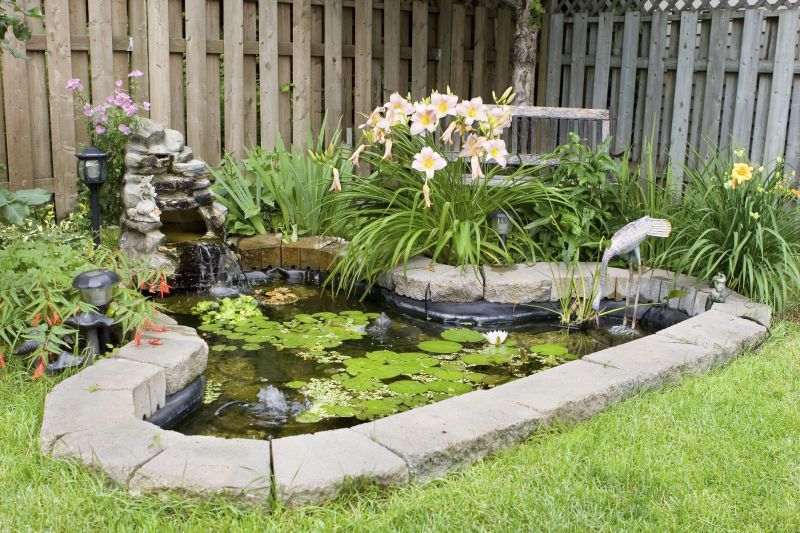
Popular materials for Pond Installations and why they hold up over time.
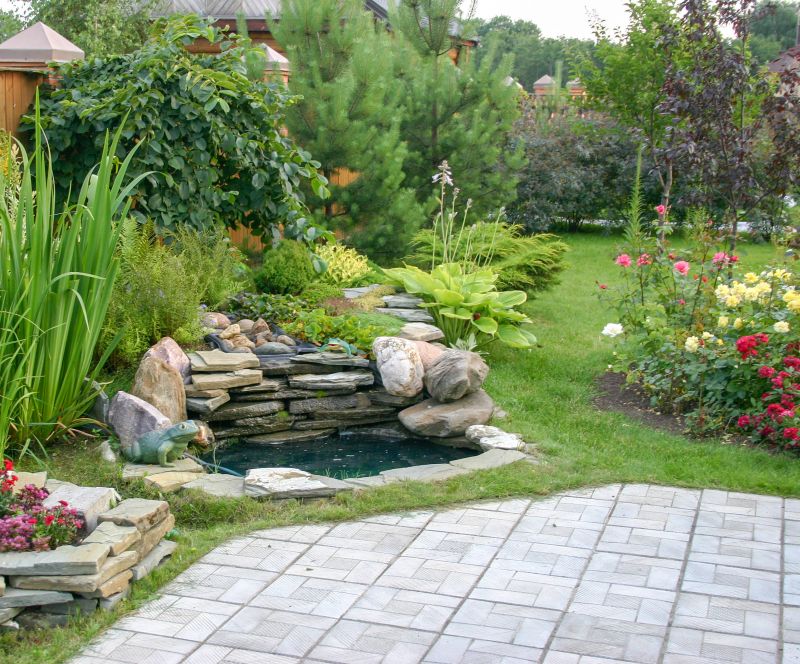
Simple add-ons that improve Pond Installations without blowing the budget.
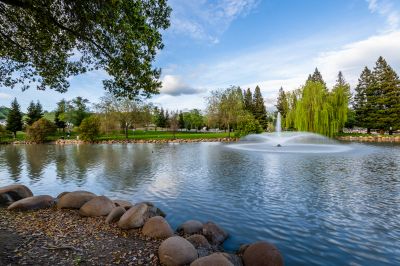
High-end options that actually feel worth it for Pond Installations.
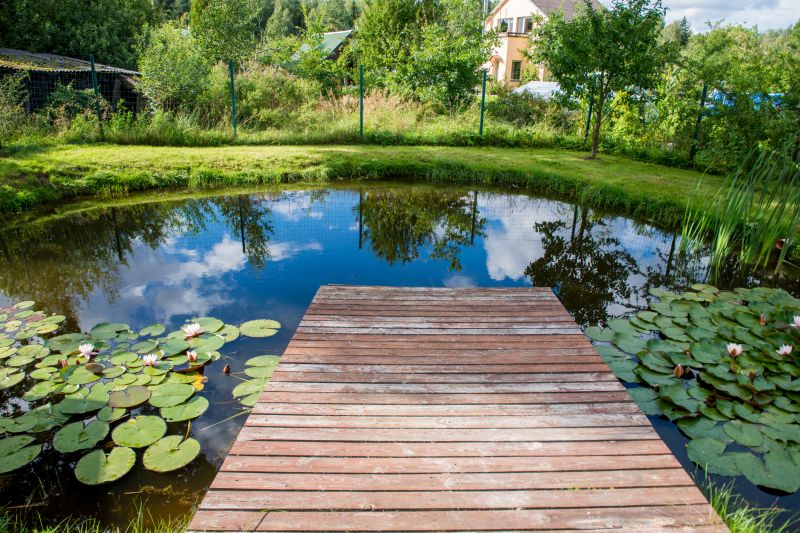
Finishes and colors that play nicely with Pond Installations.
Spring allows for better plant establishment and algae control, leading to a healthier pond environment.
Summer installations may require additional water features to manage heat and evaporation.
Fall installations minimize disruption during peak outdoor activity seasons and prepare the pond for winter.
Winter is generally unsuitable due to freezing temperatures and cold weather conditions.
| Season | Ideal for Pond Installation |
|---|---|
| Spring | Yes, especially early spring |
| Summer | Possible with precautions |
| Fall | Yes, particularly late fall |
| Winter | No, generally not recommended |
Timing for pond installation depends on local climate conditions, water temperature, and availability of suitable weather. Spring and fall are typically preferred for their moderate temperatures and stable conditions, reducing stress on plants and equipment. Proper planning ensures the pond's ecosystem can establish effectively and sustain long-term health.
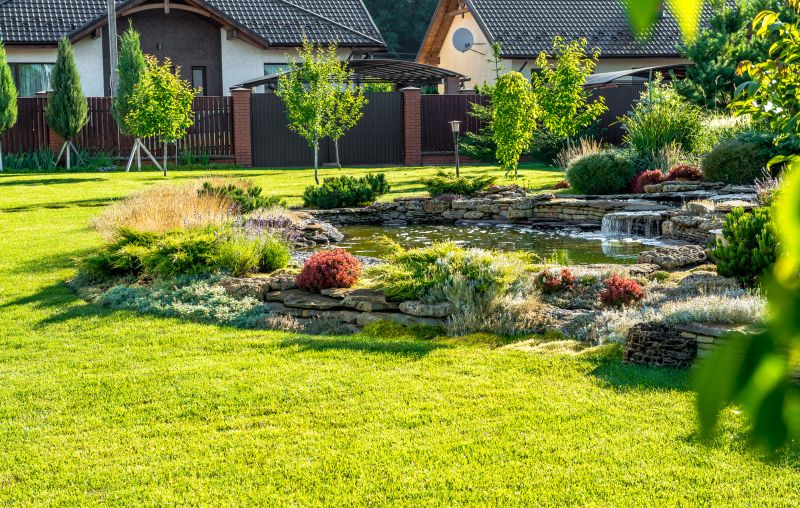
Spring provides optimal conditions for pond setup, with mild weather supporting installation activities.
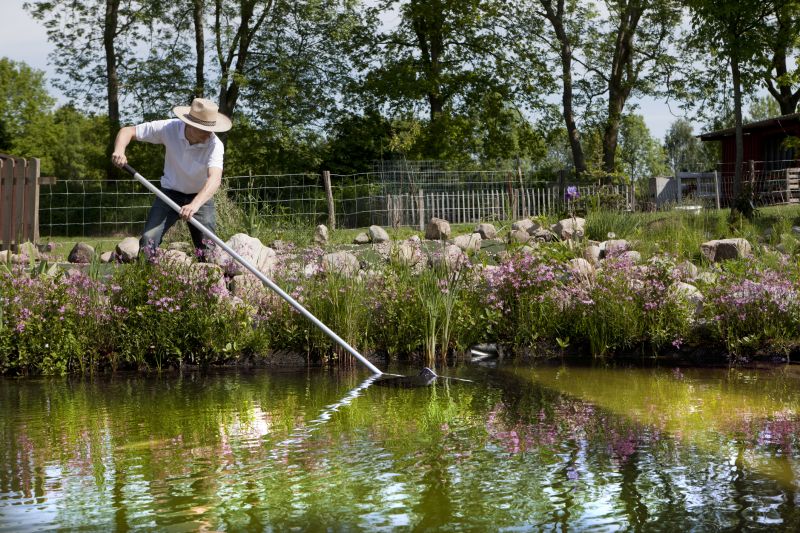
Summer requires careful water management but can be suitable with proper precautions.
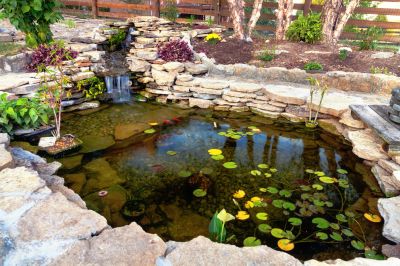
Fall offers cooler weather and prepares the pond for winter, making it a strategic time for installation.
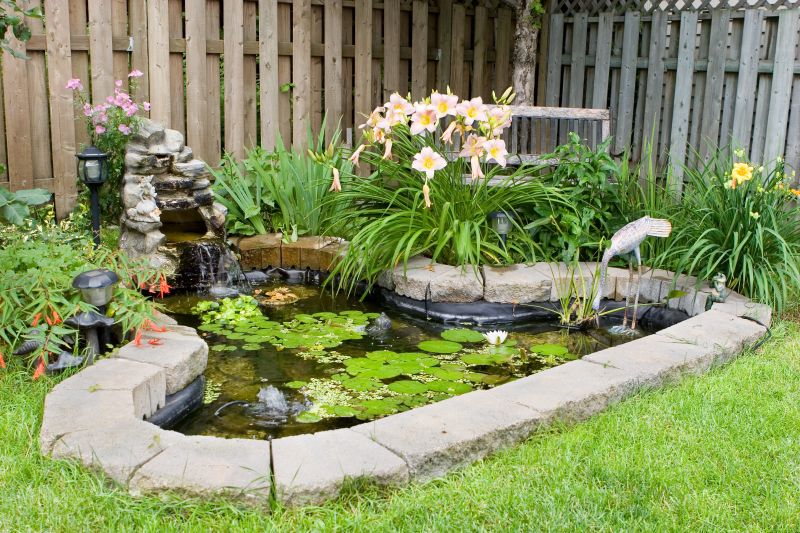
Winter poses significant challenges due to freezing temperatures, making installation difficult.

Little measurements that prevent headaches on Pond Installations day.

A 60-second routine that keeps Pond Installations looking new.

A frequent mistake in Pond Installations and how to dodge it.
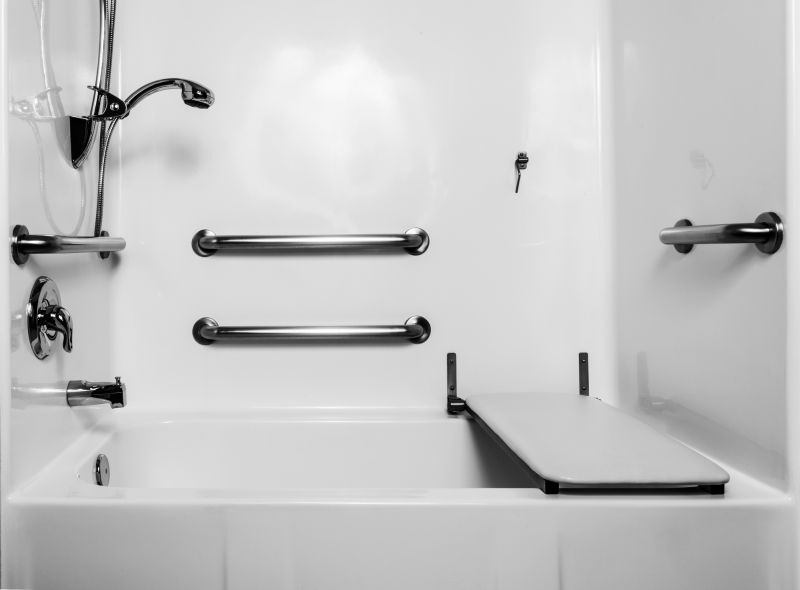
Small tweaks to make Pond Installations safer and easier to use.
Local climate plays a crucial role in determining the best time for pond installation.
Water temperature influences plant and fish health during and after installation.
Preparing the site according to seasonal conditions enhances the success of the pond.
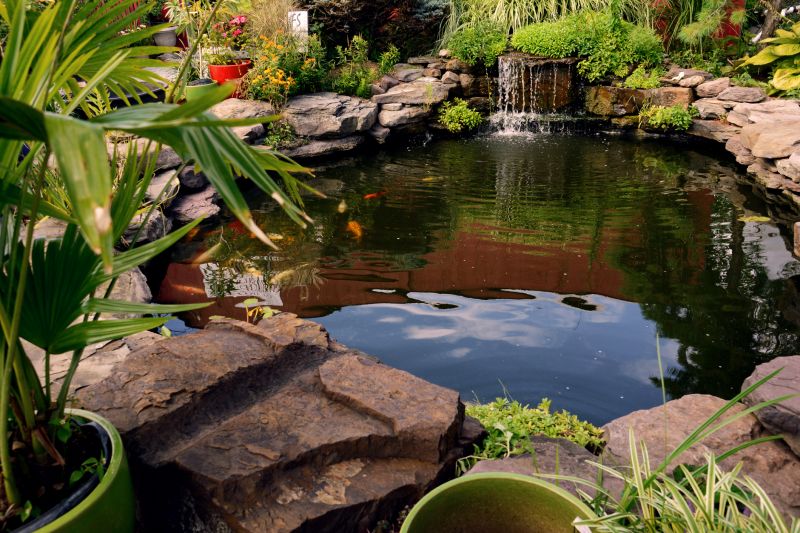
Spring provides ideal conditions for establishing aquatic plants and beneficial bacteria.
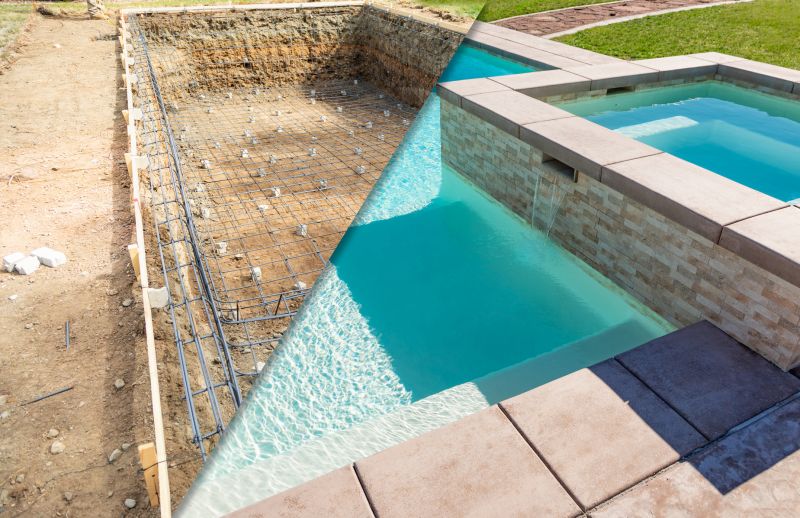
Autumn allows for installation before winter, giving plants time to settle.
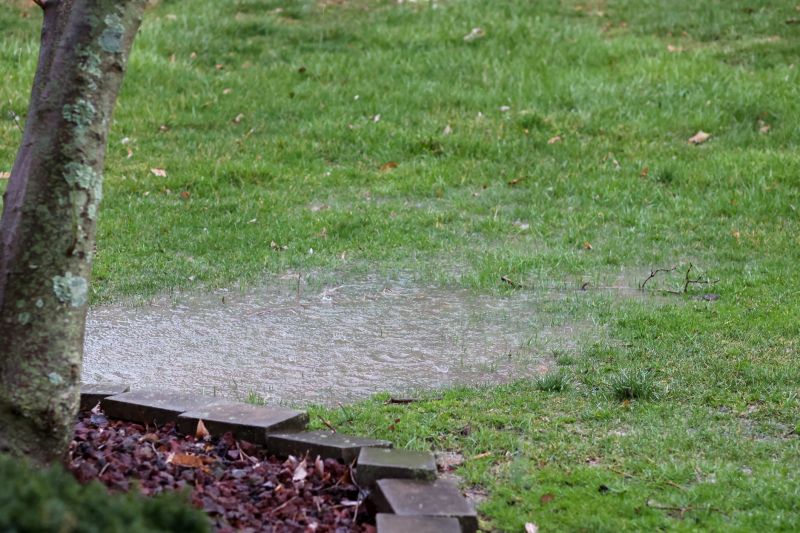
Summer requires ongoing water management to combat evaporation and heat.
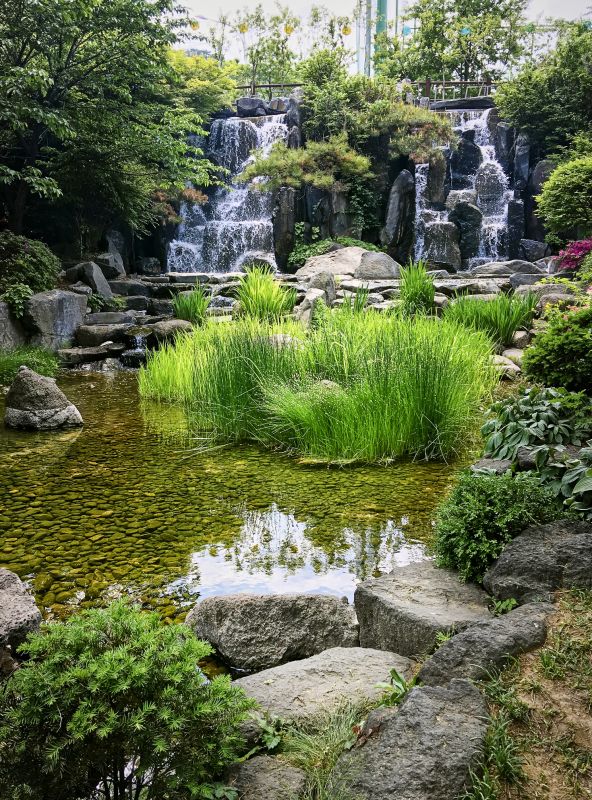
Lower-waste or water-saving choices for Pond Installations.
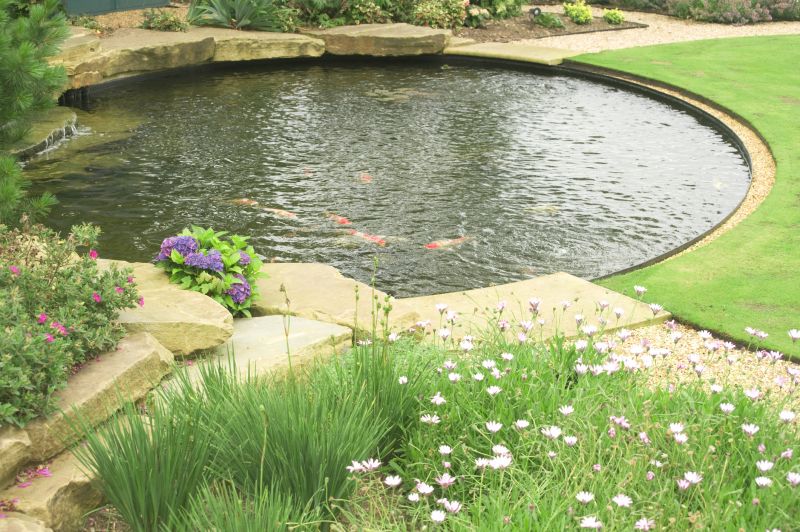
The short, realistic tool list for quality Pond Installations.
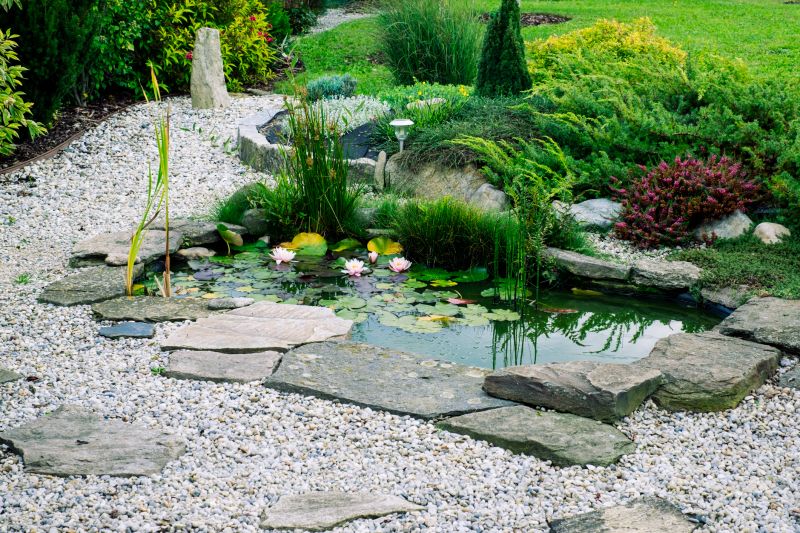
Rough timing from prep to clean-up for Pond Installations.
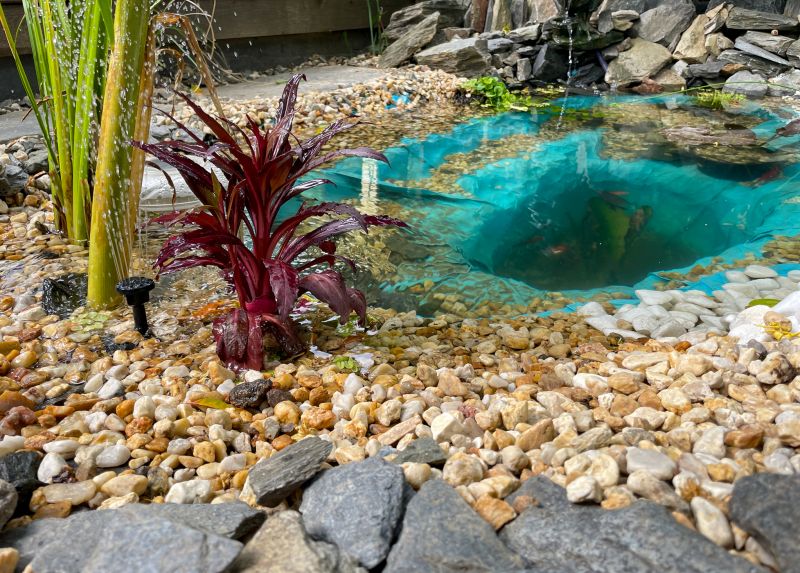
Quick checks and paperwork to keep after Pond Installations.
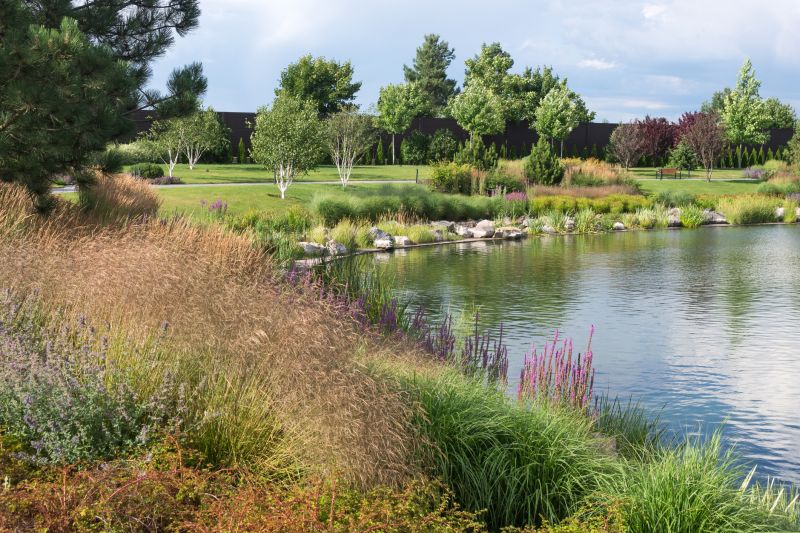
Examples that show the impact a good Pond Installations can make.
Interested individuals should consider local weather patterns and consult with pond installation professionals to determine the most suitable timing. Proper scheduling ensures a thriving pond environment and reduces the risk of issues caused by seasonal extremes.
